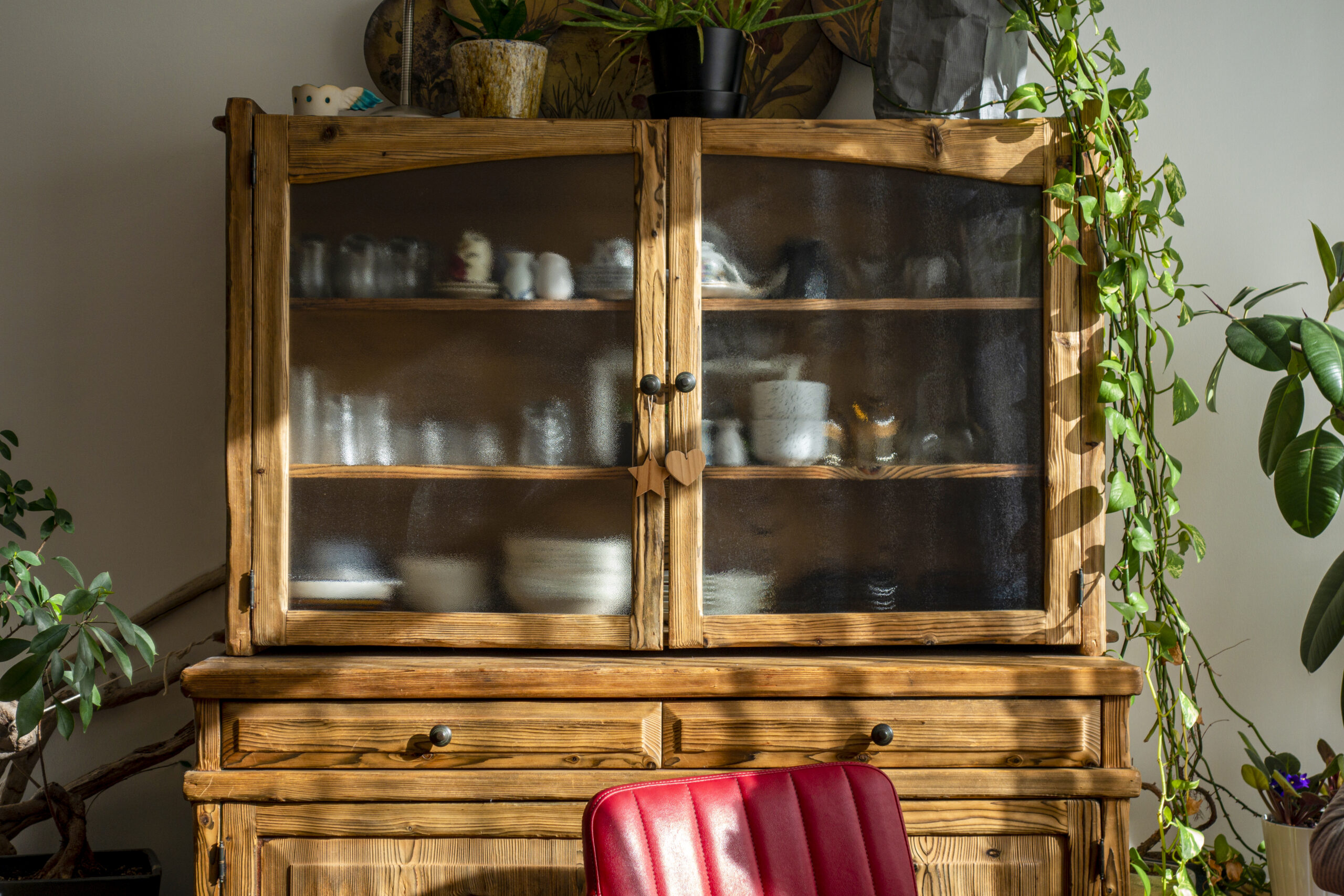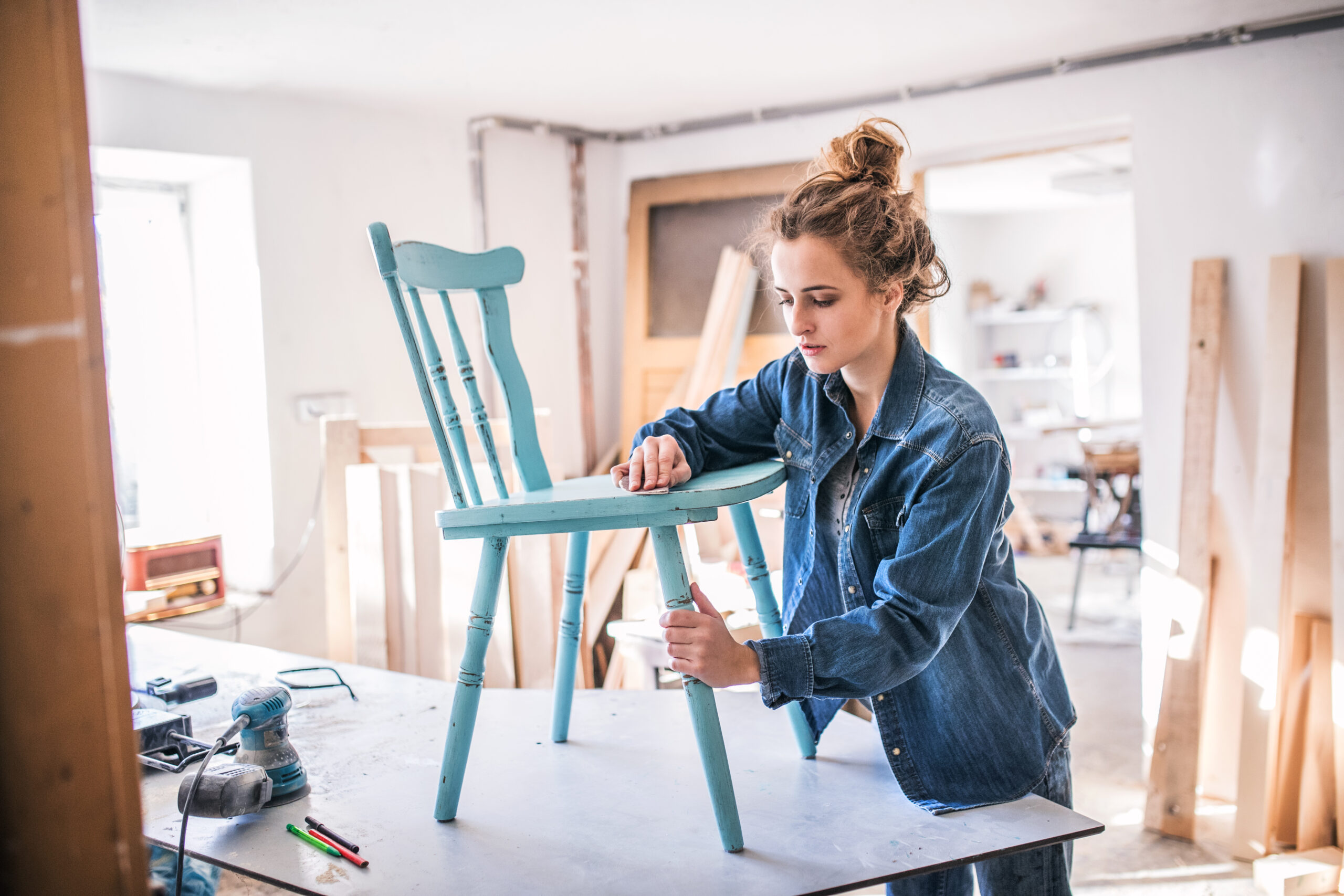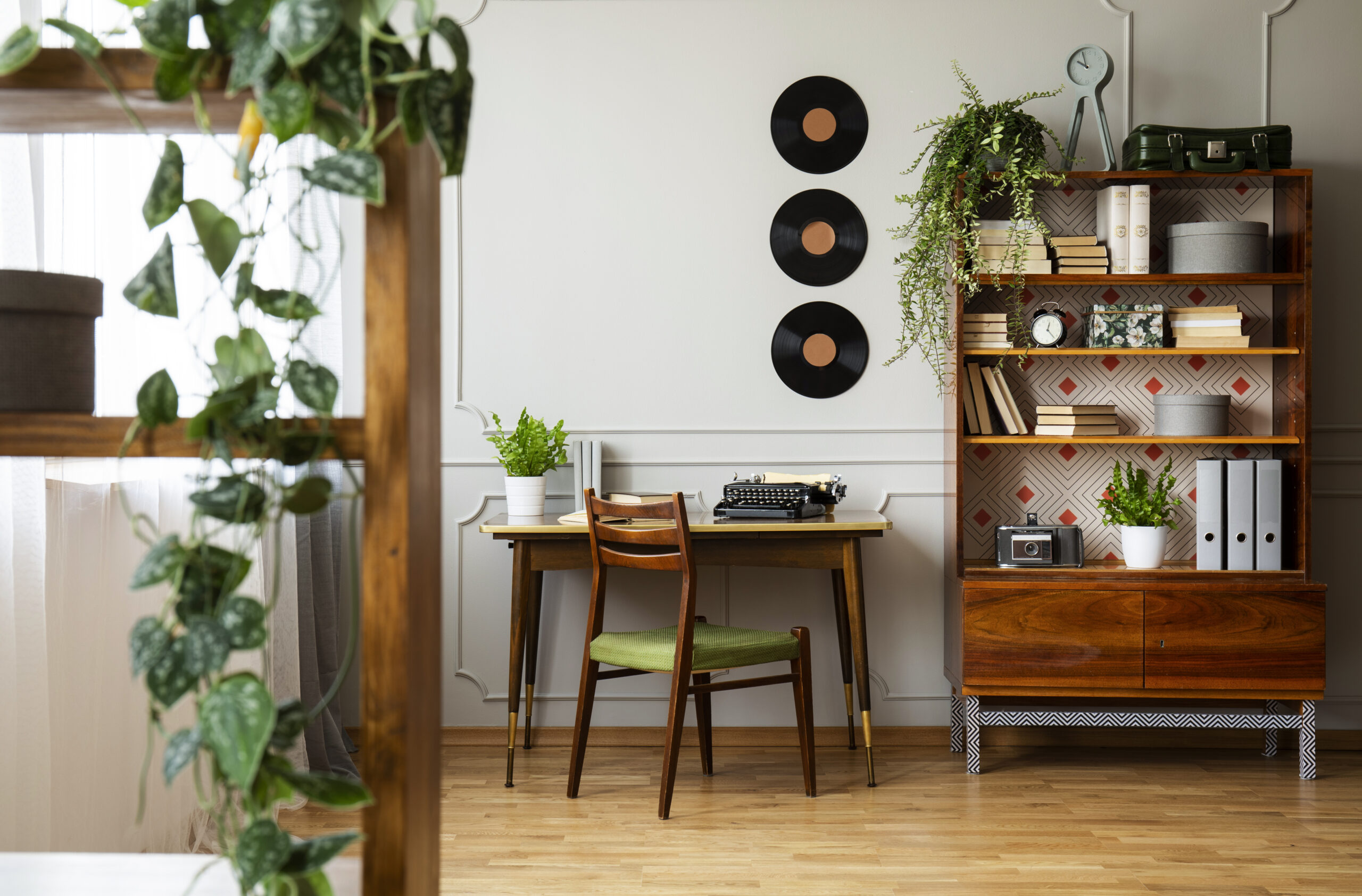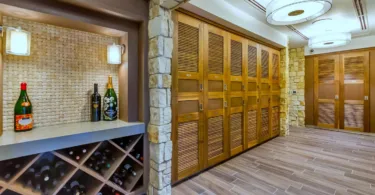If you’ve ever had the luck of stumbling across a piece of antique wood furniture on the sidewalk, you know how hard it is to pass it up—even if you don’t currently have the space for it. Or maybe you’re more of the DIY type, with grand ambitions of cobbling together your own kitchen hutch or installing a stunning built-in bookcase. Whatever the case may be, there are many reasons why storing lumber and wood furniture suddenly becomes necessary.
But lumber storage is not as straightforward as you may think. You have to be careful where and how to store lumber so you don’t end up with a bunch of unusable wood. If you’re new to woodworking and just starting a lumber collection, you might not realize that incorrectly storing lumber can cause the boards to warp and bow. Sometimes this wood can be salvaged by squaring it off, but this takes much more time and effort. In the worst case, this wood can be distorted beyond repair.
Whether it’s because you’re an avid woodworker or because you’re stashing away antique wood furniture that you want to refurbish eventually, knowing how to store wood of all types is essential. Here are a few key points to remember when storing scrap wood in your basement, garage, or storage unit.
Related: Antique Furniture Values: How to Find Out What’s It Worth

How do you cover furniture for long-term storage?
All furniture should be covered when placed in long-term storage, and while you may find products like plastic wrap for furniture storage online and at home improvement stores, you don’t need a specialized product. Simply cover the furniture in old blankets or loose sheets, protecting the pieces and keeping out dust. Avoid coverings that aren’t breathable, such as plastic, which can seal in unwanted moisture.
How long can you keep furniture in storage?
There’s no hard and fast rule regarding how long you can keep a piece of furniture in storage. If it’s been cleaned and prepped properly for storage and placed in a climate-controlled unit, it’ll hold better than in places where conditions are less than ideal — for example, the attic or garage.
Where is the best place to store wood?
Where and how to store wood all depends on the type of lumber you’re working with. Generally, there are two categories to keep in mind:
- Unseasoned wood: Store all unseasoned woods outdoors. Moisture from unseasoned, drying lumber will get into the air and can negatively impact the humidity in your basement or garage. Keeping this wood indoors can also extend drying time. Ideally, stack this wood off the ground, away from rain and out of direct sunlight.
- Seasoned wood: Any kiln-dried lumber or seasoned wood should be kept indoors whenever possible. Ideally, keep this type of wood in your workshop. If not, storing lumber in a garage, shed, or storage unit will work. Do your best to keep moisture out of these areas so the moisture content of the wood does not rise.
If you’re air-drying lumber on your own, make sure to keep it away from other dried, seasoned wood. Any wood that’s destined for the fireplace should be stored at least three feet away from buildings, according to the California Firewood Task Force.
Is it better to store wood vertically or horizontally?
Storing wood vertically is space-saving, but it’s only recommended if the wood is completely dry. Otherwise, store it horizontally until the moisture content of the wood is at its ideal percentage. For dried wood, storing vertically is recommended if you’re able to support the wood at both the top and bottom to prevent bowing. Also, do your best to keep this wood off the ground to lessen the risk of water damage.
Tips for Storing Lumber for Woodworking

1. Support boards every 16 to 18 inches
When stacking lumber horizontally, make sure that the wood is supported by brackets every 16 to 18 inches at the very least. Supporting the wood at this interval will prevent the boards from bowing.
2. Don’t stack too much lumber on one shelf
The best way to store wood is to make sure that the lumber has room to breathe. Stacking too much wood on top of each other can suffocate and compromise the wood on the bottom. The excess weight can also cause the wood to bend in undesirable ways.
How to Store Wood Furniture

Wood furniture requires similar conditions to lumber, but storage can be a challenge in different ways. Along with external conditions like temperature and humidity, you also have to consider how to position larger, finished pieces like bookshelves and china cabinets off the ground. And since the furniture is finished, damage like warping is much more difficult to remedy than with lumber.
According to Vintage Mill Werks, solid wood furniture can last for a decade if cared for properly. Heirloom quality products have an even longer potential lifespan, more the reason to store these pieces with extra care. Here’s what to keep in mind when it comes to how to store wood furniture:
1. Prevent wood furniture from cracking and splitting
Environmental changes make wood furniture more likely to crack and split, which can be difficult—or maybe even impossible—to repair. To prevent this, apply a coat of wax or furniture polish on all the wooden surfaces a couple of weeks before you put your wood furniture into storage.
2. Empty out the furniture entirely
Make sure you don’t keep anything inside drawers or cabinets when storing wood furniture. Not only are you likely to forget about the furniture’s contents, but some items can also cause harm if not removed. For instance, a forgotten pen feels insignificant but could end up leaking in the heat, causing irreversible damage.
3. Avoid suffocating the wood
As with lumber, you don’t want to use bubble wrap or plastic stretch film to protect the exterior of wood furniture. Wood needs to breathe, so use breathable fabrics like white cotton sheets, preventing dust and debris from entering existing crevices.
4. Keep wood furniture elevated
Accidents can happen. To further protect your wood furniture, raise it up off the ground on top of wooden pallets or cinder blocks—that way, it’ll have a few extra inches in case water ever seeps into the storage area.
5. Choose climate-controlled storage if possible
When it’s time to store your wood furniture, choose a climate-controlled space. Wood is a notoriously finicky material: Not enough humidity can cause wood to crack, but too much humidity can cause wood components to warp and change shape.
When it comes to protecting lumber and wood furniture, pay extra attention to how the pieces are placed in storage. Remember, wood should always be kept in a cool, dry location. Following these tips will help ensure that your wooden items stay functional and aesthetically sound for a long time.
Do you have experience storing wood furniture or lumber? Share your tips with us on social @lifestorage.
This post originally appeared on the Life Storage Blog on 5/8/18 and was revised on 6/6/23 to provide new information.







